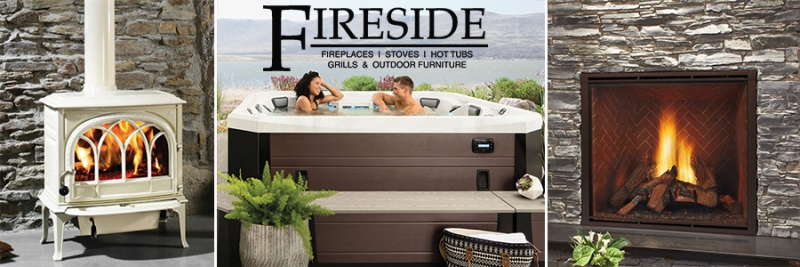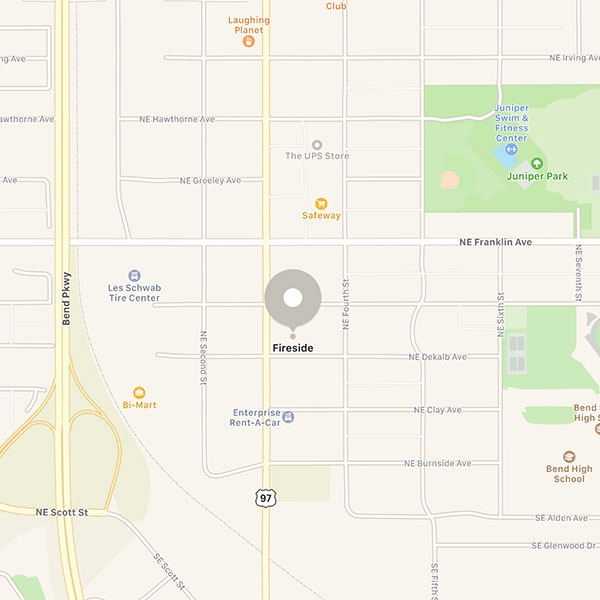Stoves Buying Guide
Fuel type? Size? Style? Price? Installation? Where to put it? Greenness? … So, what do I need to know and where do I start?
The following information will give you a head start in choosing the right stove before you come in the store. Some stoves are designed to be large heaters, while others are designed to be very esthetically pleasing. Stoves can last 30 years. So, it’s important that you decide what is right for your needs. Stoves vary from being lower cost and basic while others are spectacular in style and performance.
Fuel Type
The fuel type is the first thing to decide on. Customers have usually decided on fuel type, but it’s good to review the advantages and disadvantages of the common fuel types here in Oregon so you will make the correct decision..
| Wood Stove Advantages: |
Lowest heating cost Biomass is the greenest heating source. See www.heatgreen.org Fuel is renewable and doesn’t contribute to global warming Keeps heating money in the local economy Appliances are very reliable Can have great fire view |
| Wood Stove Disadvantages: |
Requires the most handling work Can be messy Chimney is more expensive and needs regular cleaning Old, uncertified wood stoves are very polluting Fuel storage requires a large area |
| Pellet Stove Advantages: |
Less mess than wood Convenient heating controls including thermostat operation and auto ignition Biomass is the greenest heating source. See www.heatgreen.org Fuel is renewable and doesn’t contribute to global warming Keeps heating money in the Northwest |
| Pellet Stove Disadvantages: |
Requires handling bags of pellets Can be dusty Stoves need regular cleaning and annual service Pellet storage requires a dry area |
| Natural Gas Stove Advantages: |
Very convenient Relatively low fuel cost Thermostat controlled and low maintenance Inexpensive chimney Nice fire view |
| Natural Gas Stove Disadvantages: |
Fuel is not renewable It’s a fossil fuel that contributes to global warming Heating money leaves local economy |
| Propane Stove Advantages: |
Very convenient Thermostat controlled and low maintenance Inexpensive chimney Nice fire view |
| Propane Stove Disadvantages: |
Fuel is not renewable It’s a fossil fuel that contributes to global warming Heating money leaves local economy Fuel cost is higher than other stove fuels |
Size
You need to determine how large an area you want to heat. Stoves are area heaters, so hallways and back bedrooms should not be counted, only areas where the air can easily circulate. A “rule of thumb” is that if you have a high vaulted ceiling, lots of windows, or average insulation, you should increase your heating area needs by 50% or so. So an open 1,000 sq. ft. living room, kitchen, dining room area with lots of windows will need a stove or insert that can heat about 1500 sq. ft.
Stoves and inserts are generally rated as small, medium or large. They can heat approximately the following maximum areas:
|
Small: |
1,000 sq. ft. |
|
Medium: |
1,500 sq. ft. |
|
Large: |
2,000 sq. ft. |
Each stove will vary from the above list somewhat. Some wood stoves can heat 2,500 sq. ft or larger. But, the heatable living space needs to be open so the heat can circulate from these very large stoves.
The biggest mistake that customers can sometimes make is to purchase a stove that’s too small. We will allow you to exchange a stove for a different one and give you 90% credit during the first year of ownership because we want you to be happy with your purchase. You are unlikely to receive a 90%, 1 year credit on anything else that you purchase. Changing stoves is a lot of work, so we want you to select the best one for your needs. And remember that the credit only applies to the stove and not to labor or chimney materials. So, it can still be a costly error to choose a stove that’s too small.
Style
Stove styles these days can go from beautiful cast iron to steel and from traditional to contemporary. Cast iron stoves are available in a number of colors and look like sculpture when not in use. Some stoves have a great view of the fire and others, particularly pellet stoves have a somewhat limited view. Inserts are now available that retain the look of a fireplace and don’t look like they are a stove. There’s a tremendous variety of stove styles to choose from and the easiest way is to come by the store and in person, look at the style choices in the fuel type and stove size that’s right for you.
Price
Our stoves and inserts are very competitively priced. Stove prices vary, based on size, style and brand. Entry level gas and wood stoves are usually available on sale for around $1,000. Large, heavy duty stoves and inserts can cost more that $2,500. Installation and chimney components are additional.
Stoves are not priced with chimney and installation included because each installation is different. A complete chimney system, with labor and permit can exceed $1,500, or a simple stove replacement can cost less than $500 for materials and labor and permit.
Installation
Stove and insert installations, whether gas, wood or pellet, can be complex and require careful planning to perform properly. Fireside is a licensed contractor and our employees are certified by the National Fireplace Institute and state Fire Marshal to insure the highest quality and best installations are done.
Greenness
Stoves can be very green. A green stove provides environmental advantages over standard hearth products, or over central heating systems typically installed in today’s homes. These advantages include fuel renewability, sustainability, reduced carbon footprint and better efficiency. Biggest environmental advantages are found in clean burning “biomass” stoves and inserts because biomass energy is sustainable, renewable and being carbon neutral, it doesn’t contribute to global warming. Biomass stoves an inserts use wood or pellets as fuel.
Many direct vent gas stoves and inserts can be green because their overall efficiency is higher than typical central heating systems. Higher efficiency means a reduced carbon footprint. Their higher efficiency comes from the fact that they have no ductwork energy loss (saving 25% to 40%) and their zone heating doesn’t waste heat in rooms not in use (saving 15%). Wood burning fireplaces can be green if they are certified, clean burning models because they also use a renewable, sustainable and carbon neutral fuel.



